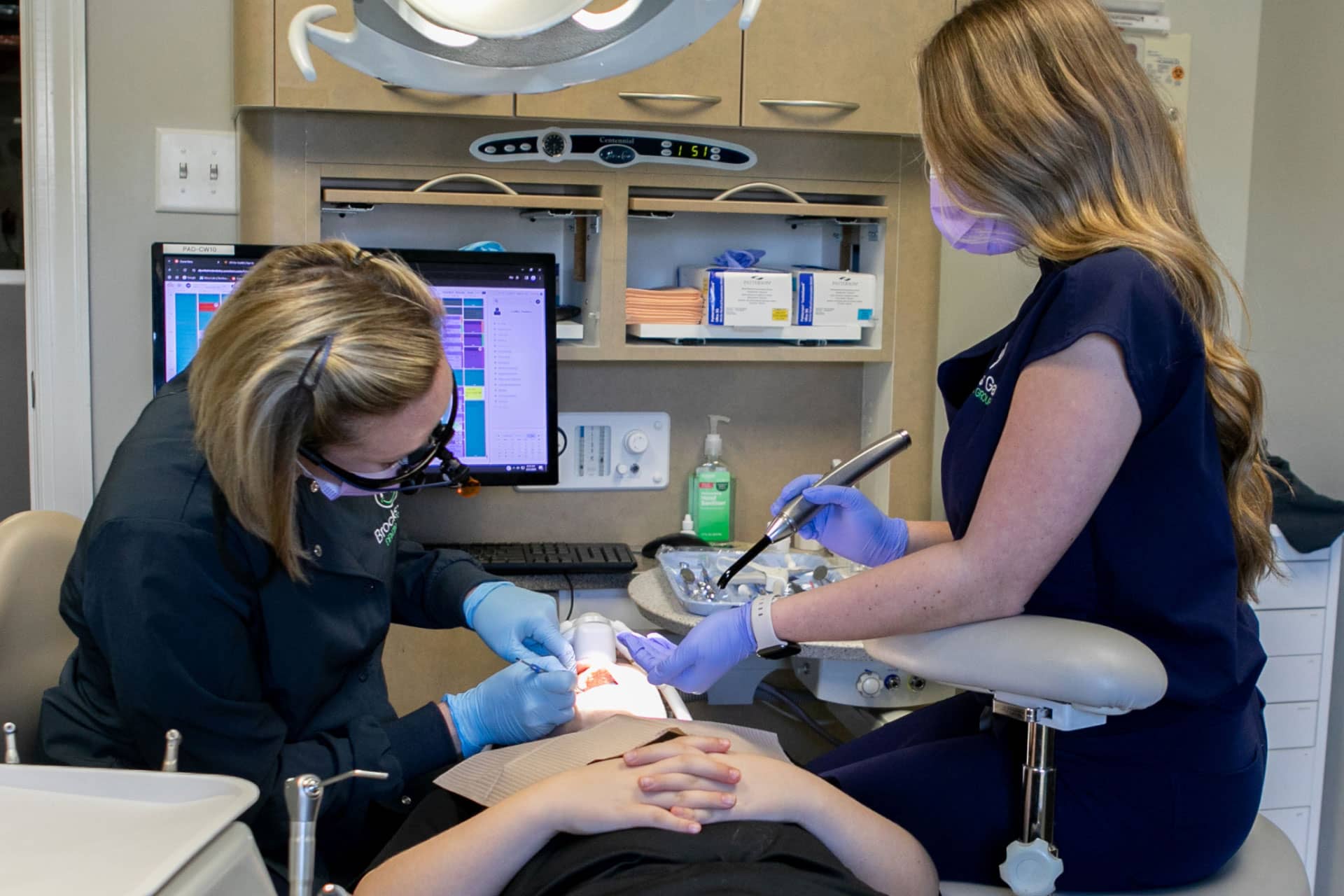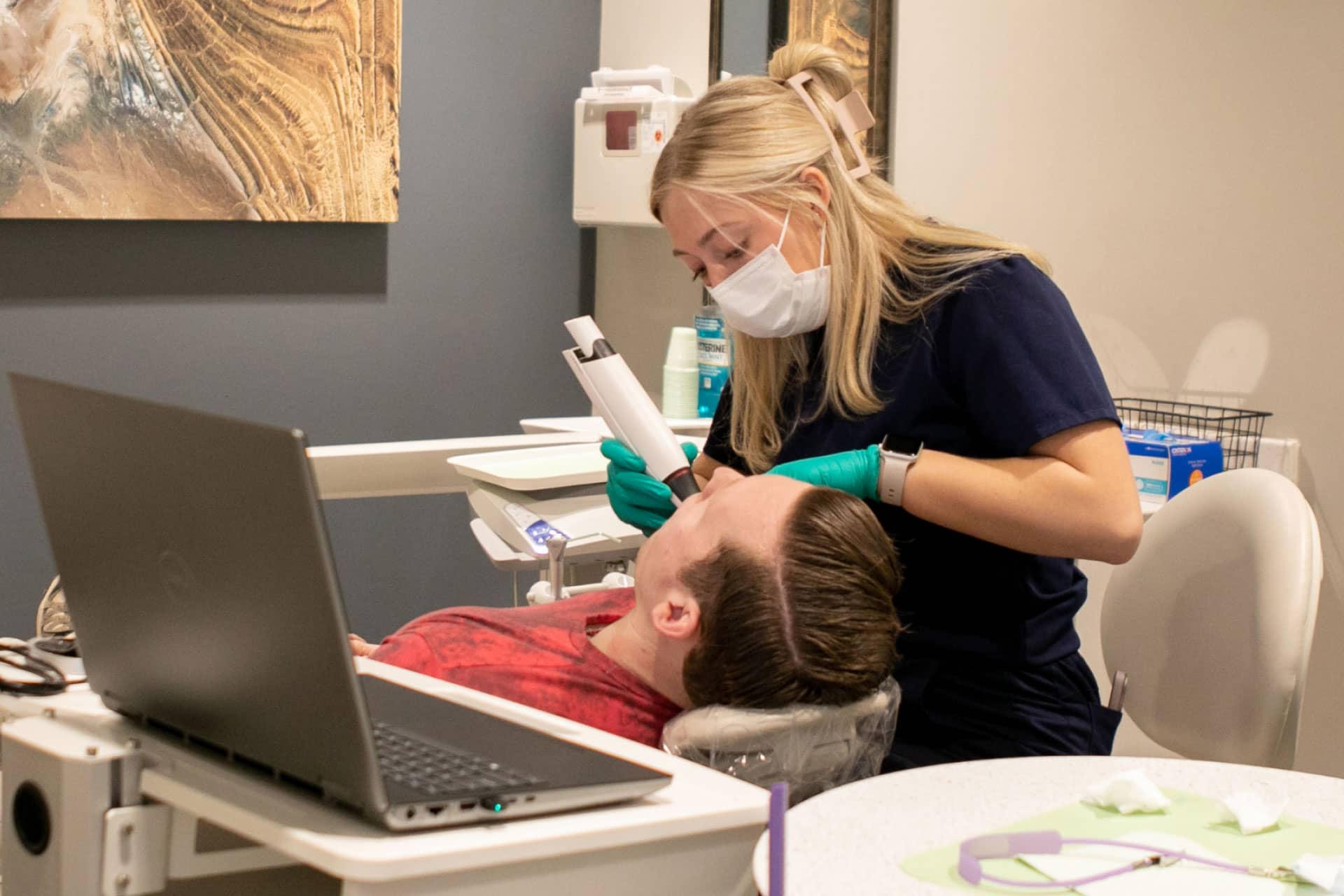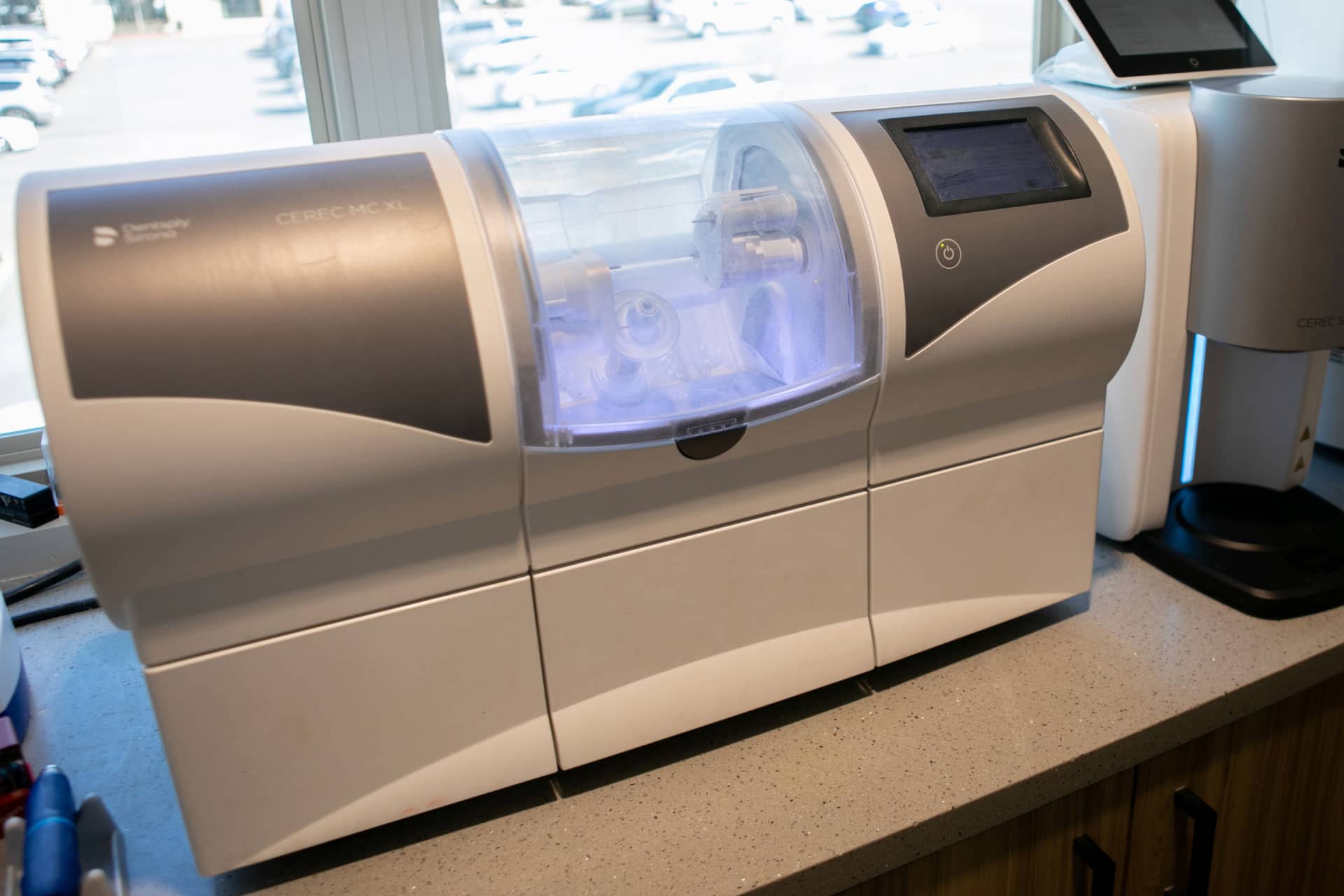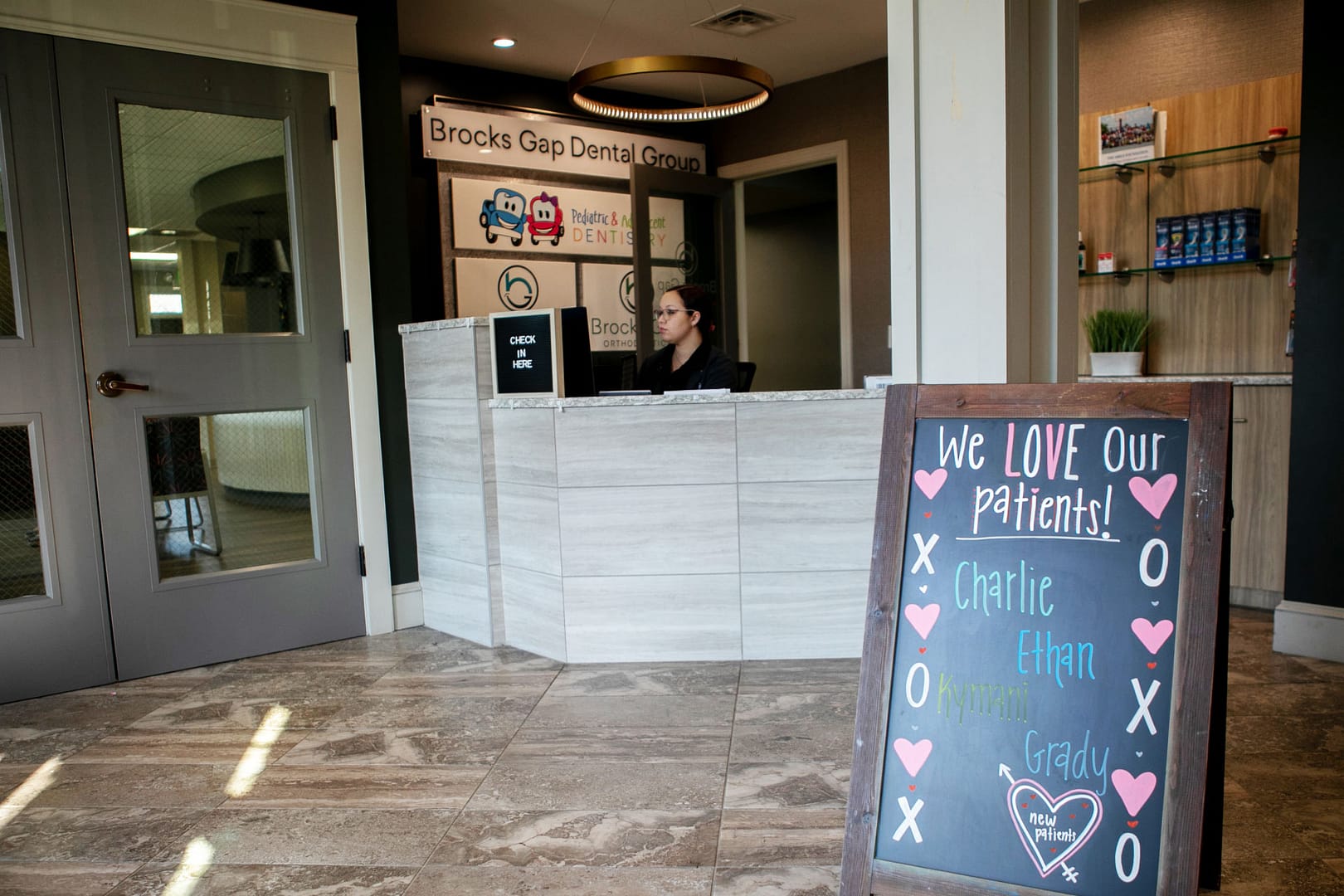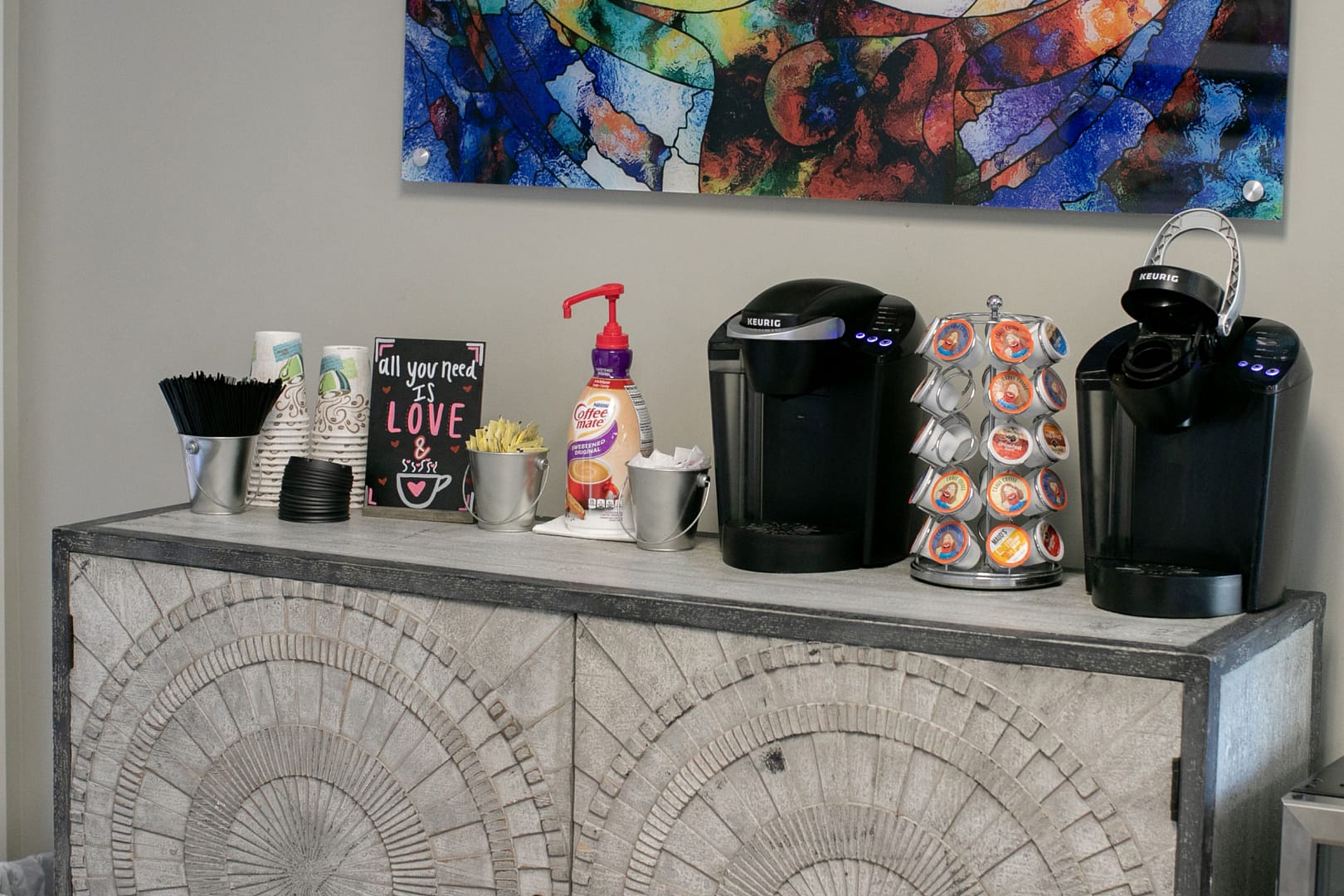Family & General Dentistry for All Ages
Family & General Dentistry for All Ages
Comprehensive Dental Care for Your Beloved Family
Preventive checkups & cleanings
Gentle care from a friendly team
Personalized service and tailored treatment plans
Family appointments available

Offering a Range of General and Preventive Dental Treatments
Prevention and early intervention are key to lifelong oral health and wellness.
Offering a Range of General and Preventive Dental Treatments
Prevention and early intervention are key to lifelong oral health and wellness.
Other Family & General Dental Treatments We Offer
Other Family & General Dental Treatments We Offer
We’re your trusted family & general dental specialists.
Our dedicated team prioritizes your family’s oral health and creates a welcoming, fun environment. We provide high-quality dental services tailored to meet the needs of every family member. Our general dentists are skilled in advanced restorative techniques, and our pediatric dentists have completed specialized training and are attuned to the unique needs of children. From preventive dental care to periodontal therapy, we provide a comprehensive range of general dental services for families in and around Hoover, Alabama.
Make an appointment.
Give your children the gift of a healthy smile and make their next dental appointment today. Rest assured that our team will make sure your kids are engaged throughout their visits and look forward to their next checkups. We love creating positive dental experiences for the whole family. Complete the form below to request an appointment, and our team will be in touch with you soon.
